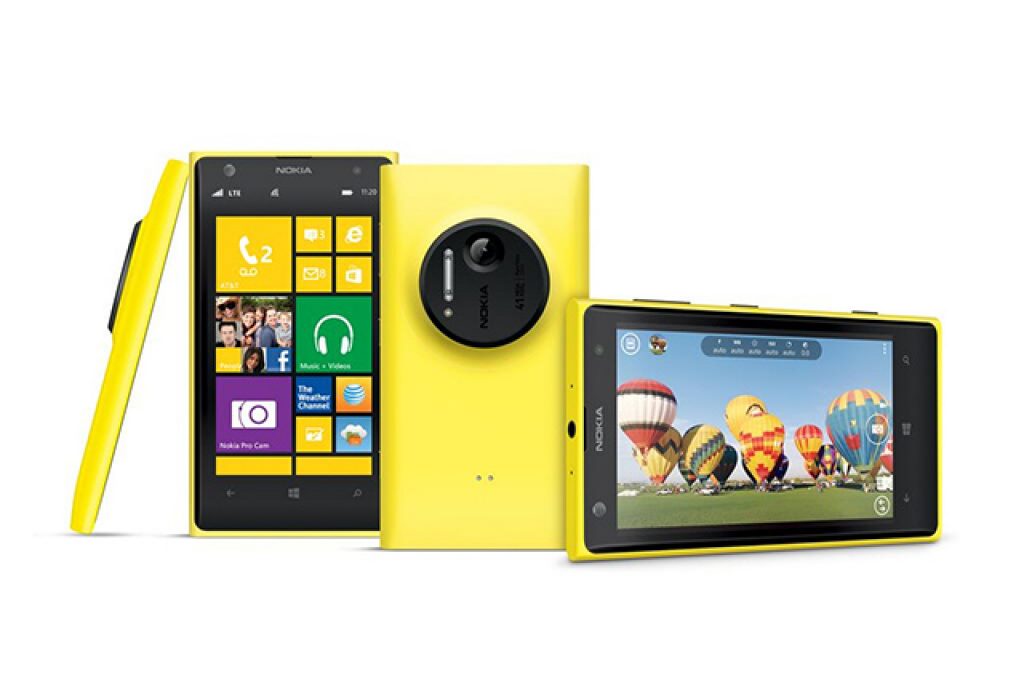As a recently published article authored by the Alliance notes, modern smartphones provide abundant imaging-related hardware resources and corresponding operating system and application capabilities that, while they might have been originally intended for still and video photography and videoconferencing purposes, are equally applicable to a variety of embedded vision applications. Perhaps no phone platform exemplifies this fact better (at least at the moment…stay tuned for the next contender!) than Nokia's just-introduced Lumia 1020, whose impending arrival I tipped off to you in early July.
The Lumia 1020 is the successor to Nokia's PureView 808, which I wrote about in some detail back in March of last year. As it turns out, the PureView 808 was the last Symbian O/S-based phone that Nokia brought to production; the Lumia 1020 is powered by Microsoft's Windows Phone operating system. Other differences also exist; although both smartphones promote the inclusion of a "41 Mpixel" image sensor, AnandTech's Brian Klug points out that the one in the newer handset has reduced overall dimensions due to smaller pixel pitch (1.12 micron versus 1.4 micron). To compensate for any potential resulting loss of light sensitivity, the newer sensor leverages backside illumination as a means of maximizing the pixel fill factor.
Whereas the PureView 808 reportedly employed a Broadcom-developed, dedicated-function image processor IC, the Lumia 1020 solely harnesses the processing resources of its Qualcomm SnapDragon application processor. By default, the smartphone creates two images for each snapshot; an oversampled 5 MPixel version and 34 MPixel (16:9 aspect ratio) or 38 Mpixel (4:3) variant. Subsample-enabled lossless zoom, as I discussed in depth last spring, is still supported, as is optical image stabilization…although this time, it's implemented via micro-motors, versus electromagnets. The Lumia 1020's maximum aperture is f2.2 (versus f2.4 with the PureView 808), and the lens subsystem is six-element this time around, with a fully-glass front element. And as with the PureView 808, the Lumia 1020 bundles a high quality Xenon flash (along with a LED for autofocus-assist) to further augment its low-light capabilities.
As for reviews, here are a few for your perusal:
- All Things D
- Ars Technica (plus a preview)
- Engadget
- ExtremeTech
- Gizmodo
- I Started Something
- Slashdot
- TechCrunch
- Time Magazine
- VentureBeat
- The Verge
- Wired
Between the Microsoft-supplied imaging APIs and the incremental code developed by Nokia, I'll be very curious to see what embedded vision capabilities developers are going to be able to craft for the Lumia 1020. On that note, it's important to mention that Nokia plans to also port its proprietary Windows Phone imaging software to other Lumia handsets, including those already in the company's product line. While embedded vision applications may not be able to leverage the Lumia 1020's unique image sensor on other Lumia smartphones, developers will be still be able to consider them as implementation platforms, thereby broadening the potential customer base.


